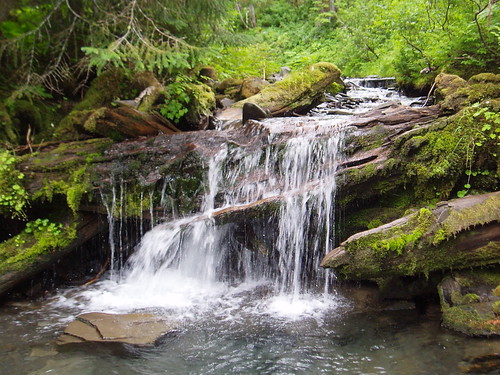
We cannot care for public forests and grasslands alone—the land benefits the most when communities join us and provide input to help shape forest plans. The U.S. Forest Service takes pride in being part of the communities we serve, whether by managing the land to be resilient to disturbance or as members of the public participating as citizens in the towns where we live and work.
Spurred by Secretary Tom Vilsack’s vision that emphasizes collaboration with stakeholders and restoration of the Nation’s forests, the Forest Service published the report Increasing the Pace of Restoration and Job Creation on Our National Forests in 2012. Since then, the agency has worked feverishly to build shared landscape ownership, anchored in understanding and appreciating of the diverse perspectives our community members bring to the table.
“Restoration of diverse landscapes is critical to maintaining and enhancing functions needed from productive, resilient forests and grasslands to support thriving communities and economies,” said U.S. Forest Service Chief Tom Tidwell. “It helps ensure that these lands continue to provide the goods and services that Americans want and need, including clean air and water, wood products, energy, recreation opportunities, and habitat for fish and wildlife.”
Using a variety of techniques and approaches, including mechanical treatments, prescribed fire, wildfire management, invasive species control and stream restoration, the agency has treated millions of acres each year to enhance forest resilience. One noteworthy example is the restoration work accomplished in Arizona.
In June 2014, the hazardous fuels treatments that had been applied paid off during the San Juan Fire in the Apache Sitgreaves National Forest. Areas where combustibles have been reduced slow a wildfire’s advance, restoring a forest’s natural ability to self-regulate. This was evident during the San Juan Fire. The prior treatments provided a safe place for firefighters to work, helped keep fire out of nearby communities, and reduced negative impacts of the wildfire to natural resources including aquatic habitat, soils and timber.
A newly released Restoration Report by the Forest Service highlights the effectiveness of accelerated forest restoration efforts across the nation since implementation of the principles and actions outlined in the 2012 Report. The new Report details how the Forest Service was able to accomplish more than 4.6 million acres of restoration treatments in 2014 (an increase of 9 percent, or 400,000 acres) compared to restoration activities in 2011. Thanks in part to our community partnerships, this success comes despite mounting challenges to the agency including record droughts, longer wildfire seasons and the increasing percentage of the agency’s budget spent fighting wildland fires.
We will continue to prioritize our actions, focusing on where the risk is the greatest and the most urgent. To do this successfully, we’ll continue to increase public engagement and leverage our partners’ expertise to ensure social and economic resilience for our communities.


